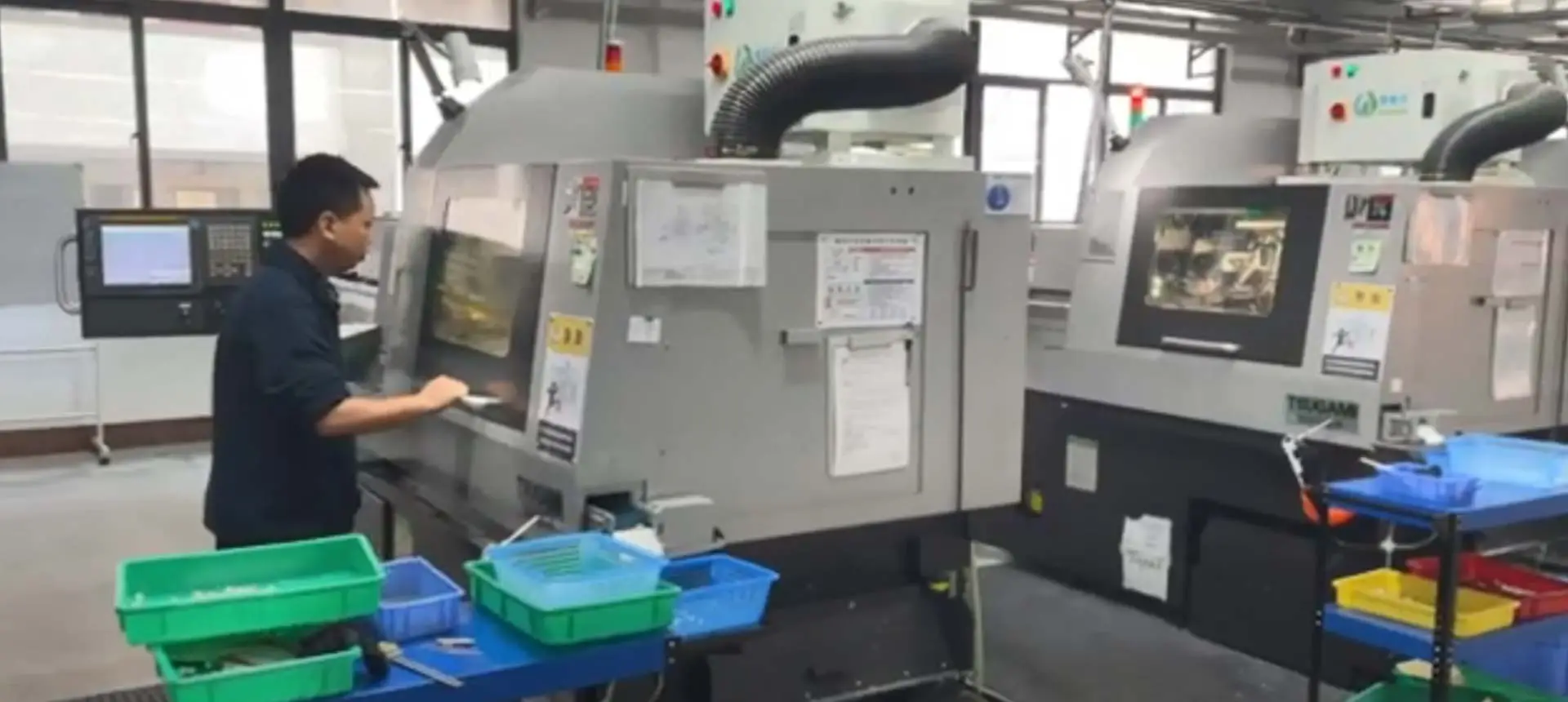
Em nossa empresa, usamos um processo altamente eficiente para produzir peças de usinagem CNC que atendam aos requisitos específicos de nossos clientes. Aqui está uma visão geral do processo que seguimos:
Design e Programação: Nossos engenheiros qualificados trabalham com o software mais recente para projetar e programar a peça, garantindo que ela atenda às especificações e tolerâncias necessárias.
Seleção de material: Selecionamos cuidadosamente o material apropriado para a peça, levando em consideração sua resistência, durabilidade e outras propriedades.
Usinagem CNC: Usamos máquinas avançadas controladas por computador para realizar o processo de usinagem CNC, que envolve a remoção do excesso de material da peça de trabalho para criar a forma final da peça.
Inspeção de qualidade: Nossa equipe inspeciona as peças em todas as fases do processo, usando a mais recente tecnologia e equipamentos para garantir que cada parte atenda aos padrões de qualidade exigidos.
Acabamento: Oferecemos uma gama de opções de acabamento, incluindo jateamento, polimento, anodização e revestimento, para melhorar a aparência e funcionalidade das peças.
Embalagem e envio: Embalamos cuidadosamente as peças para garantir sua chegada segura e entregá-las prontamente aos nossos clientes.
Com nosso compromisso com a qualidade, eficiência e satisfação do cliente, construímos uma reputação como um fornecedor confiável de peças de usinagem CNC personalizadas. Se você tem um projeto que requer peças de usinagem CNC de alta qualidade, entre em contato conosco para discutir seus requisitos e como podemos ajudar.
Descrição | Moagem CNC | Torneamento CNC |
Materiais | Alumínio/Cu/aço/inoxidável | Alumínio/Cu/aço/inoxidável |
Tamanho máximo da peça | 1000mm * 1000mm * 600mm | 1000mm * 600mm * 600mm |
Prazo de execução padrão | 4 dias úteis | 4 dias úteis |
Tolerância (± mm) | Moagem apenas: até ± 0,025mm Com corte de fio ou EDM: Até 0,002mm | Até ± 0,0025mm |
Garantia de qualidade | ISO 9001, ISO 45001:2018 Auditorias do fornecedor CMM e 2D projetor de medição Relatórios de inspeção Inspeção funcional Amostragem personalizada | ISO 9001, ISO 45001:2018 Auditorias do fornecedor CMM e 2D projetor de medição Relatórios de inspeção Inspeção funcional Amostragem personalizada |
Alta precisão e precisão: Com a usinagem CNC, as peças podem ser fabricadas com tolerâncias extremamente apertadas e alta precisão, proporcionando um nível de consistência difícil de alcançar com os processos de usinagem manual.
Ampla gama de materiais: A usinagem CNC pode ser usada com uma variedade de materiais, incluindo metal, plástico, madeira e compósitos.
Custo-benefício para produção de alto volume: A usinagem CNC é ideal para fabricação de alto volume, pois permite a produção de grandes quantidades de peças a um custo mais baixo por peça.
Eficiência aumentada: A natureza automatizada da usinagem CNC significa que a produção pode ser realizada de forma mais eficiente, sem a necessidade de intervenção manual, resultando em tempos de produção mais rápidos.
Versatilidade: A usinagem CNC pode ser usada para produzir componentes complexos com formas e geometrias intrincadas, tornando-a adequada para uma ampla gama de aplicações.
No reino da fabricação de precisão, a usinagem de Controle Numérico por Computador (CNC) é uma maravilha tecnológica que revolucionou a indústria de produção. A usinagem CNC envolve o uso de sistemas computadorizados para controlar máquinas-ferramentas e processos, permitindo uma produção altamente precisa e eficiente de peças e componentes intrincados. Os vários processos de usinagem CNC sob HHC têm diferentes escopos de aplicação e características de processamento. O seguinte fornece uma classificação detalhada e introdução.
Um dos tipos mais comuns de usinagem CNC, a fresagem emprega ferramentas de corte rotativas para remover o material de uma peça de trabalho. A fresadora pode se mover ao longo de vários eixos, criando uma ampla gama de formas, slots e furos. De componentes simples a protótipos complexos, a fresagem é versátil e amplamente utilizada em setores como aeroespacial, automotivo e eletrônico.
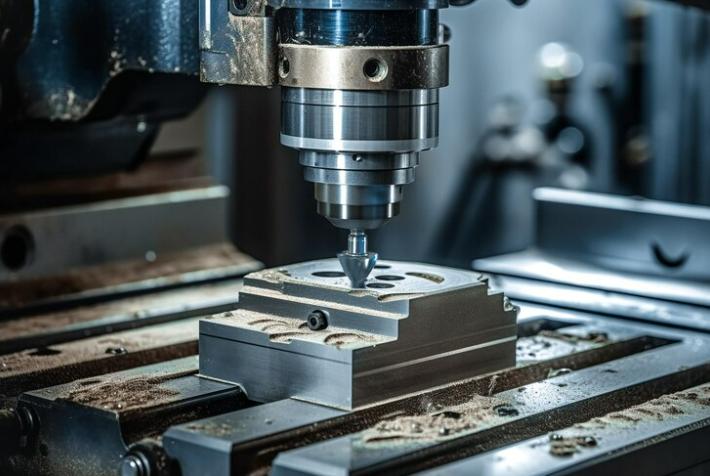
Nas operações de giro, a peça de trabalho gira enquanto uma ferramenta de corte a molda na forma desejada. Este tipo de usinagem CNC é ideal para a criação de componentes cilíndricos, como eixos, parafusos e fusos. O torneamento de precisão é a pedra angular dos processos de fabricação, fornecendo eficiência e precisão para várias aplicações.
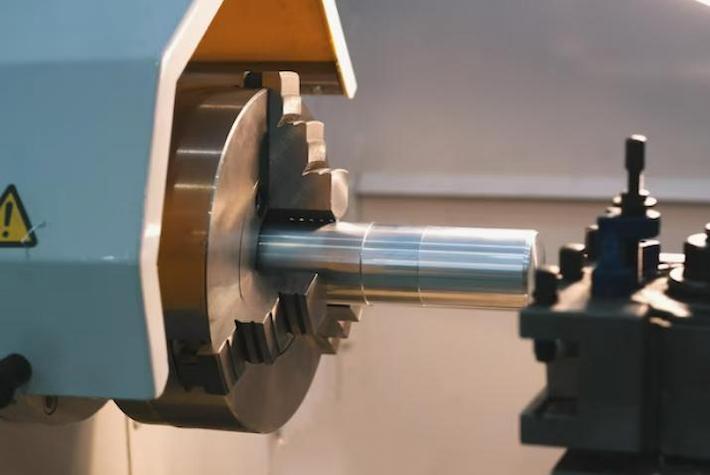
Como o nome sugere, as máquinas CNC de perfuração são projetadas para criar furos em peças de trabalho. Essas máquinas usam brocas rotativas para remover o material e são cruciais na produção de componentes que requerem furos precisos e uniformes. Indústrias como construção, metalurgia e eletrônica dependem fortemente da perfuração CNC para suas necessidades de fabricação.
Quando a extrema precisão e o acabamento da superfície são fundamentais, a moagem CNC entra em ação. Este método emprega rodas abrasivas para remover o material e obter tolerâncias apertadas. A moagem CNC é indispensável na produção de ferramentas, moldes e componentes de alta precisão usados em dispositivos médicos e engenharia aeroespacial.
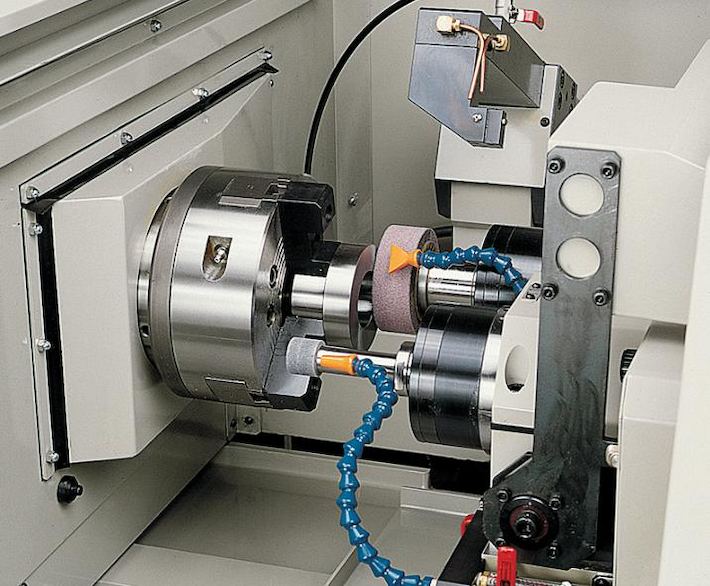
EDM é um método de usinagem CNC não tradicional que utiliza descargas elétricas para moldar materiais. Por faíscas elétricas cuidadosamente controladas, o EDM pode criar formas complexas e complexas com alta precisão. Esta técnica é particularmente útil para metais duros que são difíceis de usinar com métodos tradicionais. Por exemplo, usamos usinagem de descarga elétrica (EDM) para personalizar modelos para moldes
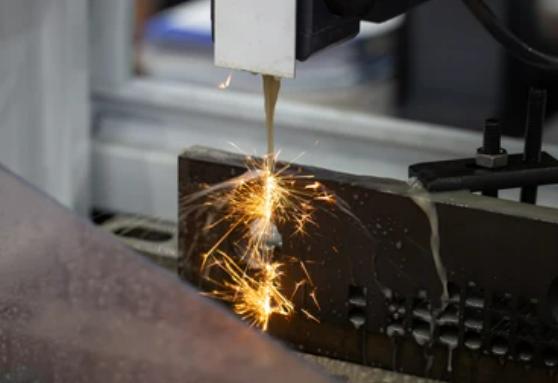
O corte a laser CNC envolve o uso de um feixe de laser para cortar materiais, criando bordas precisas e limpas. Este método é amplamente utilizado na fabricação de componentes de chapas metálicas para indústrias que vão desde automotivas a eletrônicos de consumo. O alto nível de precisão e velocidade torna o corte a laser CNC um processo inestimável na fabricação moderna.
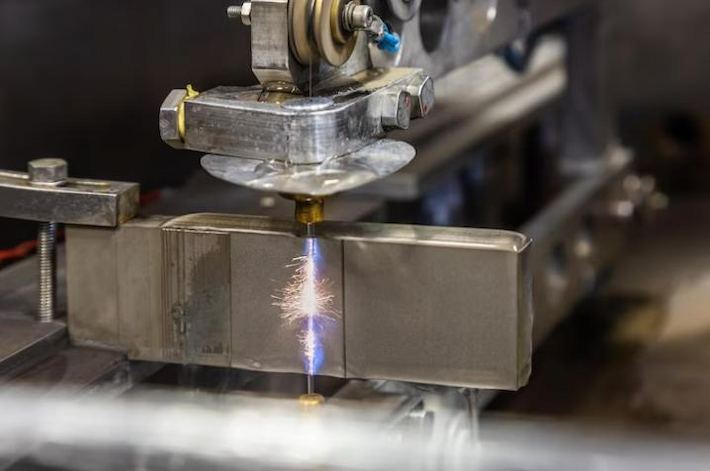
No cenário em constante evolução da manufatura, duas tecnologias de ponta surgiram como pioneiras: usinagem CNC e impressão 3D. Cada método traz seu próprio conjunto de pontos fortes e aplicativos para a mesa. Vamos nos aprofundar nas complexidades da usinagem CNC e da impressão 3D, comparando suas características, vantagens e limitações.
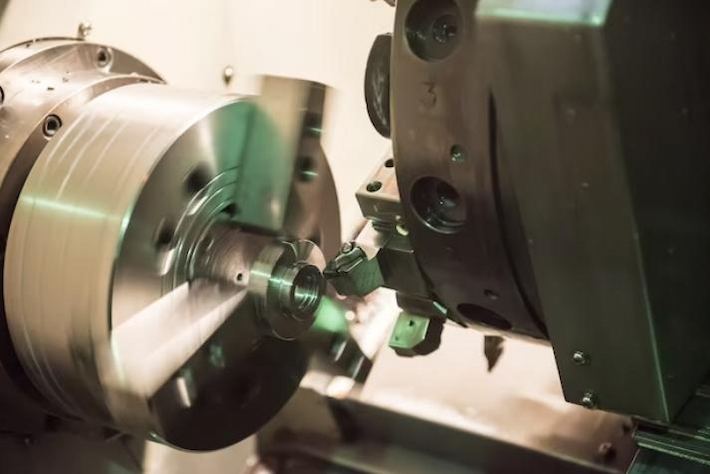
A usinagem CNC (Controle Numérico de Computador) é um processo de fabricação subtrativo. Envolve a remoção de material de uma peça de trabalho para alcançar a forma desejada. Este processo utiliza software de design auxiliado por computador (CAD) e fabricação auxiliada por computador (CAM) para controlar com precisão o movimento das ferramentas de corte.
A usinagem CNC é conhecida por seu alto nível de precisão e precisão. Ele pode alcançar tolerâncias rígidas e produzir detalhes intrincados, tornando-o adequado para aplicações onde a precisão é primordial, como as indústrias aeroespacial e médica. A usinagem CNC é versátil quando se trata de compatibilidade de material. Ele pode lidar com uma ampla gama de materiais, incluindo metais, plásticos e compósitos. Isso o torna uma escolha preferida para indústrias que exigem durabilidade e resistência em seus componentes. A usinagem CNC é adequada tanto para prototipagem quanto para produção em larga escala. Embora o tempo de configuração da usinagem CNC possa ser maior do que a impressão 3D, ela se destaca na produção de peças funcionais de alta qualidade. A usinagem CNC fornece um acabamento de superfície superior em comparação com muitas tecnologias de impressão 3D. Isso o torna uma escolha ideal para componentes que exigem uma superfície polida ou lisa.
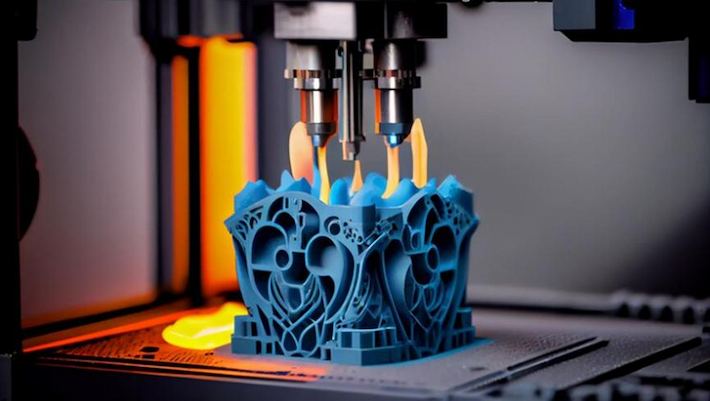
Impressão 3D, ou fabricação aditiva, constrói objetosCamada por camada a partir de um modelo digital. Envolve o depósito de material em um padrão específico para criar um objeto tridimensional. Este processo é altamente versátil e permite geometrias intrincadas.
A impressão 3D suporta uma gama diversificada de materiais, incluindo plásticos, metais, cerâmicas e até mesmo bio-materiais. As escolhas de materiais continuam a se expandir, abrindo novas possibilidades para várias indústrias. A impressão 3D se destaca na prototipagem rápida e é adequada para geometrias complexas que podem ser desafiadoras para a usinagem CNC. No entanto, pode não corresponder à velocidade da usinagem CNC para produção em larga escala. Em termos de custo-benefício, especialmente para produção de baixo volume e prototipagem, a impressão 3D pode oferecer vantagens devido ao desperdício de material reduzido e configurações mais simples. A impressão 3D é celebrada por suas capacidades de personalização. Ele permite a criação de designs exclusivos e personalizados sem a necessidade de ferramentas adicionais, tornando-o ideal para produção única ou em pequenos lotes.
No geral, a escolha entre usinagem CNC e impressão 3D depende de fatores como materiais, requisitos de precisão, escala de produção e complexidade do projeto. Para maiores execuções de produção, a usinagem CNC se destaca em precisão e versatilidade de material, enquanto a impressão 3D brilha em prototipagem rápida e aplicações de design complexas.
Cátions.
A usinagem CNC (Controle Numérico de Computador) desempenha um papel crucial na fabricação de componentes de precisão de alta qualidade. Abaixo estão as etapas gerais do processo e detalhes para a fabricação de flanges usinadas em CNC:
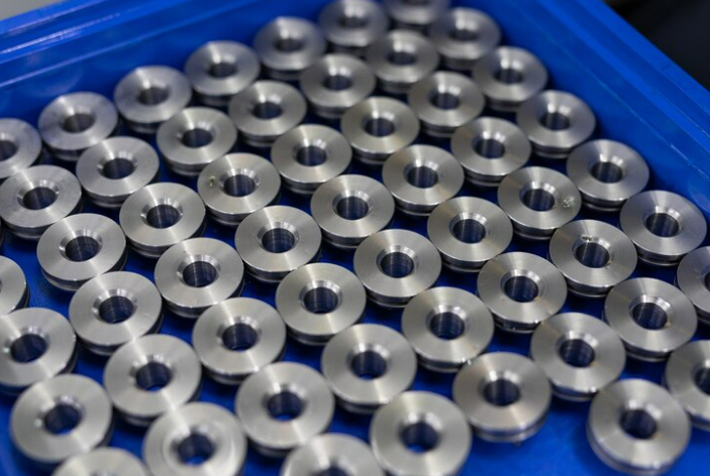
Etapas do processo para flanges usinadas CNC:
1. Design e modelagem:
Antes de fabricar componentes CNC, o design CAD (Computer-Aided) é essencial. Os engenheiros de projeto usam o software CAD para criar um modelo 3D do flange, determinando formas geométricas, dimensões e caminhos de usinagem.
2. preparação material:
Escolha matérias-primas apropriadas, normalmente metais (como aço inoxidável, alumínio, etc.). A seleção do material depende da finalidade, do ambiente de trabalho e dos requisitos de desempenho do flange.
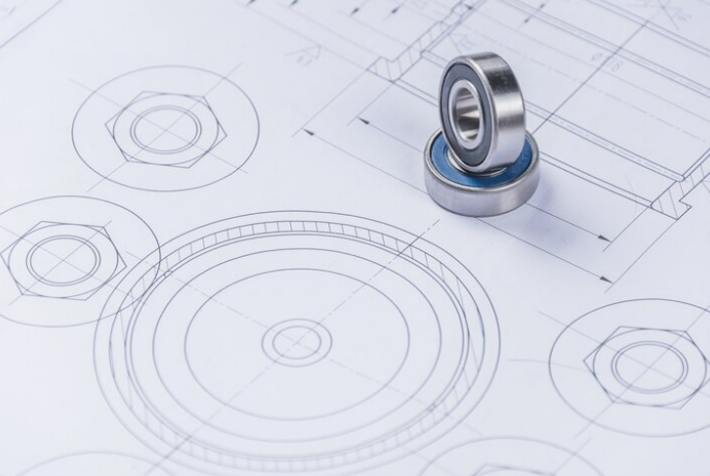
3. processos de usinagem:
A. Desbaste:
Use ferramentas de corte em máquinas CNC para realizar o desbaste, moldando aproximadamente a forma geral da peça de trabalho.
O objetivo do desbaste é remover rapidamente o excesso de material, deixando uma forma final aproximada.
B. Semi-Acabamento:
Use ferramentas diferentes para semi-terminar a peça de trabalho, aproximando-se ainda mais da forma final.
Reduza a velocidade de corte para melhorar a suavidade da superfície.
C. Acabamento:
Utilize pequenas ferramentas para o corte final de precisão, alcançando as dimensões finais e a suavidade da superfície.
O acabamento geralmente envolve o uso de ferramentas menores para melhorar a precisão da usinagem.
D. Buraco de usinagem e corte de linha:
Use ferramentas especializadas para usinagem de furos e corte de rosca para garantir que o flange atenda às especificações do projeto.
4. inspeção e controle de qualidade:
Após cada etapa de usinagem, realize inspeções para garantir que as dimensões, a forma e a qualidade da superfície da peça de trabalho atendam aos requisitos de especificação. Os métodos comuns de inspeção incluem medição coordenada, teste de rugosidade da superfície e teste ultrassônico.
5. tratamento de superfície:
Dependendo dos requisitos, execute tratamentos de superfície, como polimento, jato de areia ou revestimento para melhorar a aparência e a resistência à corrosão.
6. embalagem e entrega:
Depois de concluir a usinagem e inspeção, embale os flanges de acordo com os requisitos do cliente e prossiga com a entrega.
A usinagem CNC (Controle Numérico de Computador) é um processo de fabricação em que o software de computador pré-programado controla o movimento de máquinas e ferramentas. Este processo permite a criação de peças altamente precisas e complexas a partir de vários materiais, incluindo metais e plásticos. A usinagem CNC é amplamente utilizada em indústrias como automotiva, eletrônica e aeroespacial.
O torneamento CNC é ideal para produzir peças cilíndricas ou redondas, como eixos, buchas, parafusos e pinos. É comumente usado para componentes que exigem alta precisão e superfícies lisas. Indústrias como automotiva, médica e eletrônica se beneficiamChina alumínio virou peças...
Procure um fornecedor com vasta experiência, equipamentos modernos e um forte compromisso com o controle de qualidade. Certificações como ISO 9001 e IATF 16949 indicam conformidade com os padrões da indústria. Além disso, considere fatores como capacidade de produção, prazos de entrega e avaliações de clientes.
Na HHC, oferecemos peças de precisão com tolerâncias tão apertadas quanto ± 0,01mm, garantindo alta precisão até mesmo para os componentes mais complexos. Nosso equipamento avançado nos permite manter a consistência e atender aos requisitos específicos de cada projeto.
Os prazos de entrega variam com base na complexidade e quantidade das peças, mas normalmente entregamos peças de usinagem CNC dentro de 1 a 4 semanas. Também oferecemos serviços acelerados para projetos urgentes para ajudar nossos clientes a cumprir prazos apertados.


